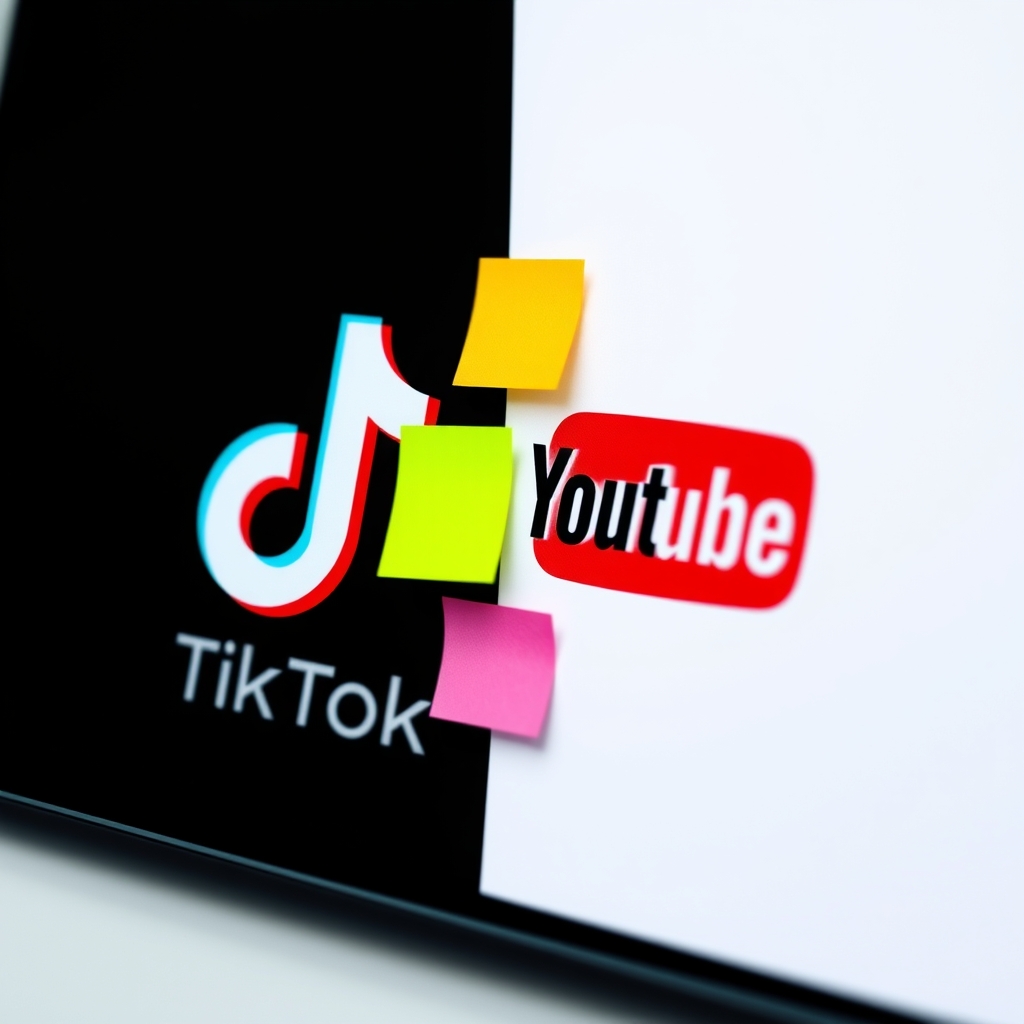TikTok Tag Generator API vs Tag and Title Generator YouTube API: What to Choose?

TikTok Tag Generator API and the Tag and Title Generator YouTube API. Each API offers unique features tailored to enhance the visibility of content on their respective platforms. This blog post will provide a comprehensive comparison of these two APIs, exploring their capabilities, use cases, performance, and ultimately guiding you on which API to choose based on your specific needs.
Overview of Both APIs
TikTok Tag Generator API
TikTok Tag Generator API is designed to automatically generate relevant tags for TikTok videos. This API is crucial for creators looking to enhance their content's discoverability and engagement. By leveraging advanced algorithms and data analytics, it simplifies the tag selection process, which is essential for optimizing TikTok content. Tags, or hashtags, play a vital role in categorizing and indexing videos, making it easier for users to find content that resonates with their interests.
Tag and Title Generator YouTube API
Tag and Title Generator YouTube API serves as a robust tool for YouTubers and marketing teams, providing a quick generator for tags and titles related to specific themes. This API is particularly beneficial for those who need to optimize their video uploads for better visibility and engagement on YouTube. By generating relevant tags and titles, users can enhance their video metadata, improving searchability and overall performance on the platform.
Side-by-Side Feature Comparison
TikTok Tag Generator API Features
TikTok Tag Generator API is its Tag Generator capability. To utilize this feature, users must input a keyword that reflects the content of their video. The API then returns a list of relevant hashtags that can be used to optimize the video's visibility.
[ { "keyword": "#dance" }, { "keyword": "#dancer" }, { "keyword": "#dancing" }, { "keyword": "#dancechallenge" }, { "keyword": "#dancevideo" }, { "keyword": "#dancelife" }, { "keyword": "#dancemoves" }, { "keyword": "#dancestudio" }, { "keyword": "#danceteacher" }, { "keyword": "#dancersofinstagram" }]
Tag and Title Generator YouTube API Features
Tag and Title Generator YouTube API features a Generate Tags capability. Users simply need to provide a theme or title, and the API will return a list of suggested tags that are relevant to that theme.
{ "query": "travel", "tags": [ "travel", "traveling", "traveler", "travelblog", "travelphotography", "travelvlog", "travelguide", "travelblogger", "travelingtheworld", "traveladdict" ]}
Example Use Cases for Each API
Use Cases for TikTok Tag Generator API
TikTok Tag Generator API is ideal for:
- Content Creators: Creators can use the API to generate relevant hashtags for their videos, ensuring they reach the right audience.
- Marketing Campaigns: Brands can leverage the API to align their content with trending topics, enhancing engagement during promotional campaigns.
- Event Promotions: Users can generate hashtags that are specific to events, making it easier for attendees to find related content.
Use Cases for Tag and Title Generator YouTube API
Tag and Title Generator YouTube API is particularly useful for:
- YouTubers: Creators can optimize their video tags to improve discoverability and engagement on the platform.
- Marketing Teams: Teams can generate relevant titles and tags for promotional videos, ensuring they resonate with target audiences.
- Content Strategy: Users can analyze trending tags to inform their content strategy and align with viewer interests.
Performance and Scalability Analysis
TikTok Tag Generator API Performance
TikTok Tag Generator API is designed to handle a high volume of requests efficiently. Its advanced algorithms ensure quick response times, allowing users to generate tags in real-time. This is particularly beneficial for creators who need to optimize their content quickly, especially during peak engagement times.
Tag and Title Generator YouTube API Performance
Tag and Title Generator YouTube API is built for scalability, accommodating multiple requests simultaneously. This ensures that users can generate tags and titles without experiencing delays, which is crucial for maintaining workflow efficiency in fast-paced environments.
Pros and Cons of Each API
TikTok Tag Generator API Pros and Cons
Pros:
- Automates the tag generation process, saving time for creators.
- Enhances content discoverability through relevant hashtags.
- Utilizes advanced algorithms for accurate tag suggestions.
Cons:
- Limited to TikTok content, which may not be suitable for multi-platform creators.
- Requires a good understanding of keyword selection for optimal results.
Tag and Title Generator YouTube API Pros and Cons
Pros:
- Generates both tags and titles, providing comprehensive support for YouTube content.
- Easy to use with minimal input required from users.
- Helps improve video metadata, enhancing searchability.
Cons:
- Focuses solely on YouTube, which may not cater to creators on other platforms.
- May require additional tools for complete content optimization.
Final Recommendation
TikTok Tag Generator API and the Tag and Title Generator YouTube API ultimately depends on your specific needs as a content creator or marketer. If your primary focus is on TikTok and you want to enhance your video discoverability through relevant hashtags, the TikTok Tag Generator API is the ideal choice. On the other hand, if you are a YouTuber or part of a marketing team looking to optimize both tags and titles for video uploads, the Tag and Title Generator YouTube API would be more beneficial.
View the integration guide for step-by-step instructions.
Check out the API documentation to get started.





